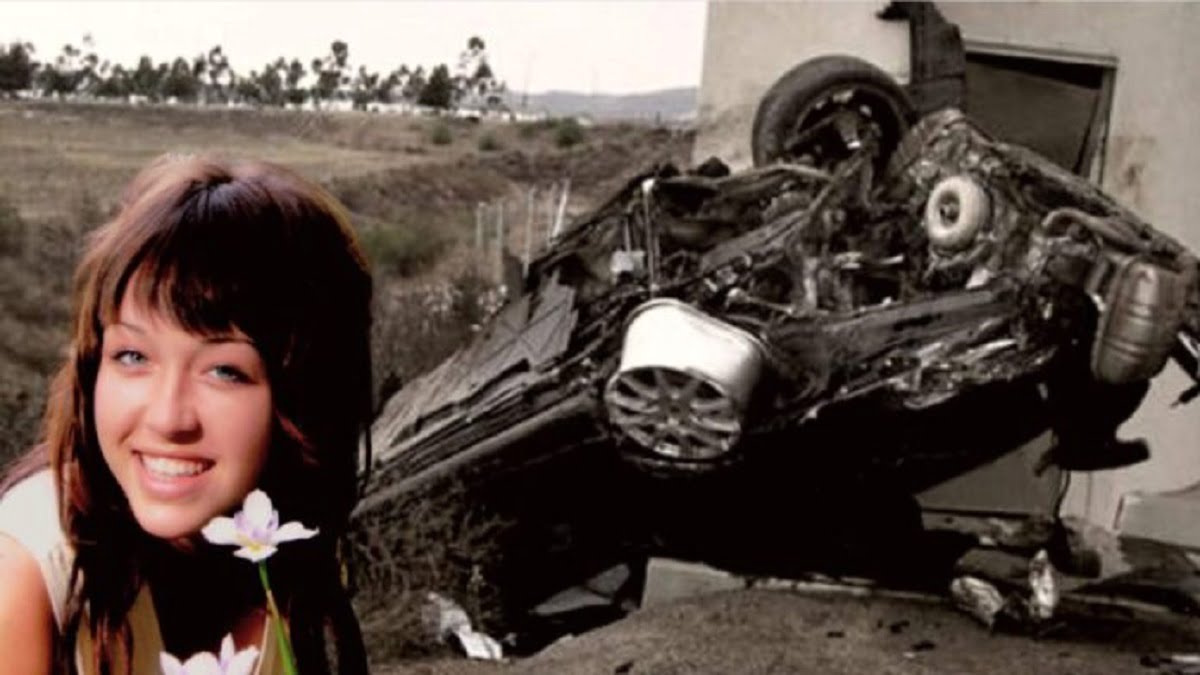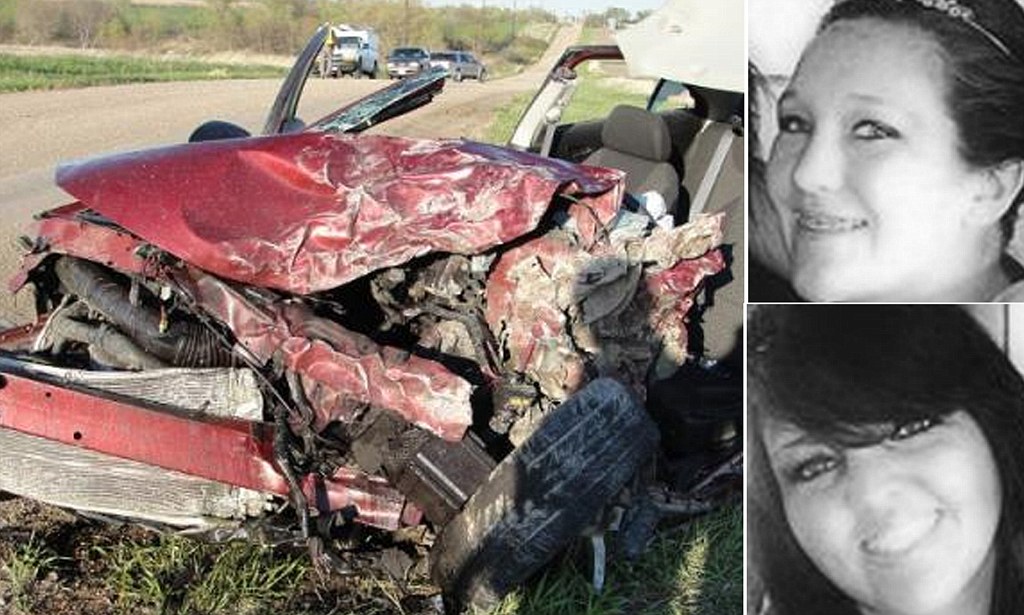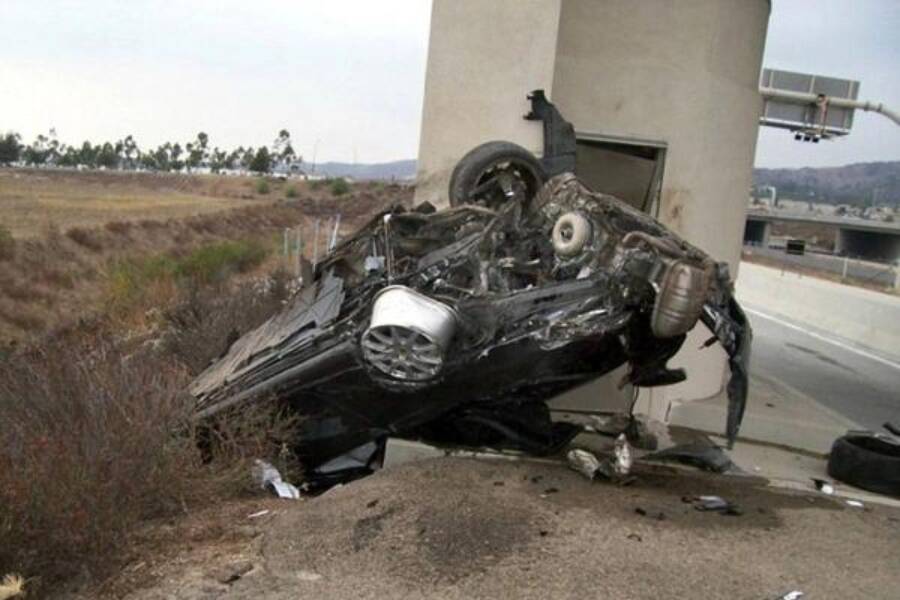The controversy surrounding Nikki Catsouras' photographs has sparked a debate about the ethics of sharing graphic images of death and tragedy.
The incident has highlighted the need for greater awareness of the potential consequences of sharing such images, both for the victims and their families, as well as for the wider public.
The main topics of discussion in the article include:
- The ethical implications of sharing graphic images of death and tragedy
- The potential consequences for the victims and their families
- The need for greater awareness of the issue
Nikki Catsouras Photographs Controversy Disadvantages
The controversy surrounding the sharing of Nikki Catsouras' photographs has highlighted several important ethical and legal issues. These include:
- The right to privacy of the deceased
- The potential for harm to the families of the deceased
- The desensitization of the public to death and tragedy
- The potential for copycat suicides
- The legal implications of sharing graphic images without consent
In the case of Nikki Catsouras, the sharing of her photographs has caused great pain to her family. Her mother has spoken out about the need for greater awareness of the potential consequences of sharing such images. She has also called for changes to the law to make it illegal to share graphic images of death and tragedy without the consent of the deceased's family.
The Nikki Catsouras case is a reminder of the importance of respecting the privacy of the deceased and their families. It is also a reminder of the need for greater awareness of the potential consequences of sharing graphic images of death and tragedy.
Personal Details and Bio Data of Nikki Catsouras:
| Name: | Nikki Catsouras |
| Date of Birth: | November 3, 1988 |
| Date of Death: | October 31, 2006 |
| Cause of Death: | Car accident |
| Occupation: | Student |
The right to privacy of the deceased
The right to privacy of the deceased is a fundamental human right that is recognized in many legal systems around the world. This right protects the deceased from having their personal information, images, and other sensitive data shared without their consent. In the case of Nikki Catsouras, the sharing of her photographs without her consent has violated her right to privacy.
The right to privacy of the deceased is important for several reasons. First, it protects the dignity of the deceased. When someone dies, they can no longer speak for themselves or protect their own privacy. It is therefore important that their right to privacy is respected so that their personal information and images are not shared without their consent.
Second, the right to privacy of the deceased protects the feelings of their family and friends. When someone dies, their family and friends are often grieving and vulnerable. The sharing of graphic images of the deceased can cause them great pain and distress. It is therefore important to respect their privacy and not share such images without their consent.
The Nikki Catsouras case is a reminder of the importance of respecting the privacy of the deceased. It is also a reminder that the sharing of graphic images of death and tragedy can have a devastating impact on the families and friends of the deceased.
The potential for harm to the families of the deceased
The potential for harm to the families of the deceased is a significant disadvantage of sharing graphic images of death and tragedy. When such images are shared, they can cause great pain and distress to the families of the deceased. In some cases, such images can even lead to post-traumatic stress disorder (PTSD).
The Nikki Catsouras case is a tragic example of the harm that can be caused by sharing graphic images of the deceased. Nikki Catsouras was a young woman who died in a car accident in 2006. After her death, graphic images of her body were shared online without her family's consent. These images caused great pain and distress to Nikki's family. Her mother has spoken out about the need for greater awareness of the potential consequences of sharing such images.
The potential for harm to the families of the deceased is a serious issue that should be considered before sharing graphic images of death and tragedy. Such images can have a devastating impact on the families of the deceased, and they should not be shared without their consent.
Conclusion
The sharing of graphic images of death and tragedy can have a devastating impact on the families of the deceased. Such images can cause great pain and distress, and they can even lead to PTSD. It is important to be aware of the potential consequences of sharing such images before doing so. In most cases, it is best to err on the side of caution and not share such images at all.
The desensitization of the public to death and tragedy
The sharing of graphic images of death and tragedy can desensitize the public to such events. When people are repeatedly exposed to such images, they may become less shocked and horrified by them. This can lead to a number of problems, including:
- Reduced empathy for victims of tragedy
When people are desensitized to death and tragedy, they may be less likely to feel empathy for victims of such events. This can make it difficult to build support for policies and programs that aim to prevent or mitigate the effects of tragedy.
- Increased tolerance for violence
When people are desensitized to death and tragedy, they may be more tolerant of violence. This can lead to a more permissive attitude towards violence in society, which can have a number of negative consequences, such as increased crime rates and a decline in public safety.
- Diminished sense of reality
When people are constantly exposed to graphic images of death and tragedy, they may start to lose their sense of what is real and what is not. This can lead to a distorted view of the world, and make it difficult to make informed decisions about important issues.
- Erosion of social norms
When people are desensitized to death and tragedy, they may be more likely to violate social norms. For example, they may be more likely to engage in risky behaviors, such as driving under the influence of alcohol or drugs.
The desensitization of the public to death and tragedy is a serious problem that can have a number of negative consequences. It is important to be aware of this problem and to take steps to reduce our exposure to graphic images of death and tragedy.
The potential for copycat suicides
The sharing of graphic images of suicide can lead to copycat suicides. This is because such images can normalize suicide and make it seem like a more acceptable option. They can also provide people with instructions on how to commit suicide.
- Identification with the victim
People who are struggling with suicidal thoughts may identify with someone who has committed suicide. They may see the person as someone who understood their pain and who found a way out. This can lead them to believe that suicide is the only option for them.
- Normalization of suicide
When people are repeatedly exposed to images of suicide, they may start to believe that it is a normal and acceptable way to deal with problems. This can make it more difficult for them to seek help when they are struggling.
- Provision of instructions
Graphic images of suicide can provide people with instructions on how to commit suicide. This can make it easier for them to take their own lives.
The potential for copycat suicides is a serious concern. It is important to be aware of this risk and to take steps to reduce our exposure to graphic images of suicide.
The legal implications of sharing graphic images without consent
The legal implications of sharing graphic images without consent are significant and can vary depending on the jurisdiction. In many cases, such actions may constitute a crime, such as invasion of privacy or defamation. Additionally, sharing graphic images without consent may also violate civil laws, such as copyright or trademark laws.
In the case of Nikki Catsouras, the sharing of her photographs without her consent has led to several legal challenges. Her family has filed a lawsuit against the website that first published the images, alleging invasion of privacy and emotional distress. The family has also filed a copyright infringement lawsuit against the website, claiming that the website did not have permission to publish the images.
The legal implications of sharing graphic images without consent are a serious matter. It is important to be aware of the potential legal consequences before sharing such images. In most cases, it is best to err on the side of caution and not share such images at all.
FAQs on Nikki Catsouras Photographs Controversy Disadvantages
This section provides answers to frequently asked questions about the controversy surrounding the sharing of Nikki Catsouras' photographs.
Question 1: What are the ethical implications of sharing graphic images of death and tragedy?
The sharing of graphic images of death and tragedy raises a number of ethical concerns, including the right to privacy of the deceased, the potential for harm to the families of the deceased, the desensitization of the public to death and tragedy, and the potential for copycat suicides.
Question 2: What are the legal implications of sharing graphic images without consent?
In many jurisdictions, sharing graphic images without consent may constitute a crime, such as invasion of privacy or defamation. Additionally, sharing graphic images without consent may also violate civil laws, such as copyright or trademark laws.
Question 3: What are the potential consequences for the victims and their families?
The sharing of graphic images of death and tragedy can have a devastating impact on the victims and their families. Such images can cause great pain and distress, and they can even lead to post-traumatic stress disorder (PTSD).
Question 4: What is the importance of respecting the privacy of the deceased?
The right to privacy of the deceased is a fundamental human right that protects the deceased from having their personal information, images, and other sensitive data shared without their consent. Respecting the privacy of the deceased is important for protecting their dignity and for protecting the feelings of their family and friends.
Question 5: What can be done to prevent the sharing of graphic images of death and tragedy?
There are a number of things that can be done to prevent the sharing of graphic images of death and tragedy, including:
- Educating people about the ethical and legal implications of sharing such images
- Developing and implementing policies and procedures to prevent the sharing of such images
- Providing support to victims and their families
Question 6: What are the key takeaways from the Nikki Catsouras case?
The Nikki Catsouras case is a tragic reminder of the devastating impact that the sharing of graphic images of death and tragedy can have on the victims and their families. It is also a reminder of the importance of respecting the privacy of the deceased and of taking steps to prevent the sharing of such images.
Summary of key takeaways or final thought:
The sharing of graphic images of death and tragedy is a serious issue with a number of ethical and legal implications. It is important to be aware of these implications and to take steps to prevent the sharing of such images.
Transition to the next article section:
The next section of this article will discuss the importance of respecting the privacy of the deceased.
Tips to Avoid the Disadvantages of Sharing Graphic Images
Sharing graphic images of death and tragedy can have serious consequences. Here are some tips to avoid the disadvantages of sharing such images:
Tip 1: Consider the privacy of the deceased.
The deceased have a right to privacy, even after death. Sharing graphic images of them without their consent can violate this right.
Tip 2: Think about the impact on the family and friends of the deceased.
Sharing graphic images of a loved one can cause great pain and distress to their family and friends. It is important to be respectful of their feelings.
Tip 3: Be aware of the potential for desensitization.
Repeated exposure to graphic images of death and tragedy can desensitize us to such events. This can make it more difficult to feel empathy for victims and their families.
Tip 4: Be mindful of the risk of copycat suicides.
Sharing graphic images of suicide can increase the risk of copycat suicides. This is because such images can normalize suicide and make it seem like a more acceptable option.
Tip 5: Be aware of the legal implications.
In many jurisdictions, sharing graphic images without consent is illegal. It is important to be aware of the legal risks before sharing such images.
By following these tips, you can help to avoid the disadvantages of sharing graphic images of death and tragedy.
Summary of key takeaways or benefits:
Avoiding the disadvantages of sharing graphic images is important for several reasons. First, it protects the privacy of the deceased and their families. Second, it helps to prevent desensitization to death and tragedy. Third, it reduces the risk of copycat suicides. Finally, it helps to avoid legal liability.
Transition to the article's conclusion:
By following the tips above, you can help to create a more respectful and compassionate society.
Conclusion
The sharing of graphic images of death and tragedy raises a number of ethical, legal, and social concerns. It is important to be aware of these concerns and to take steps to avoid sharing such images.
By respecting the privacy of the deceased, considering the impact on their families and friends, and being mindful of the potential for desensitization, copycat suicides, and legal liability, we can help to create a more respectful and compassionate society.
Unveiling The Legacy Of Loretta Lynn's Children: Discoveries And Insights
Uncover The Cultural Tapestry Of Bruno Mars: His Parents' Nationality Revealed
Unveiling The Extraordinary: 10 Famous Individuals Reshaping The Narrative Of Turner Syndrome

Porsche Girl Head Photos Nikki Catsouras Death Photos Controversy

Nikki catsouras death photographs explained exclusivevsa

Inside Nikki Catsouras' Death And The Leaked 'Porsche Girl' Photos
ncG1vNJzZmiqlZyub67LqJlnm5%2Bnsm%2FDyKebqK%2BjY7umwI6bpqShoGS7qrfKomScmaSovLa%2BwKxkqaCfqbyovsCpn6xlk6S7tb7Or5yrq6lisaq%2FwJ2tmqaklrSmv42hq6ak